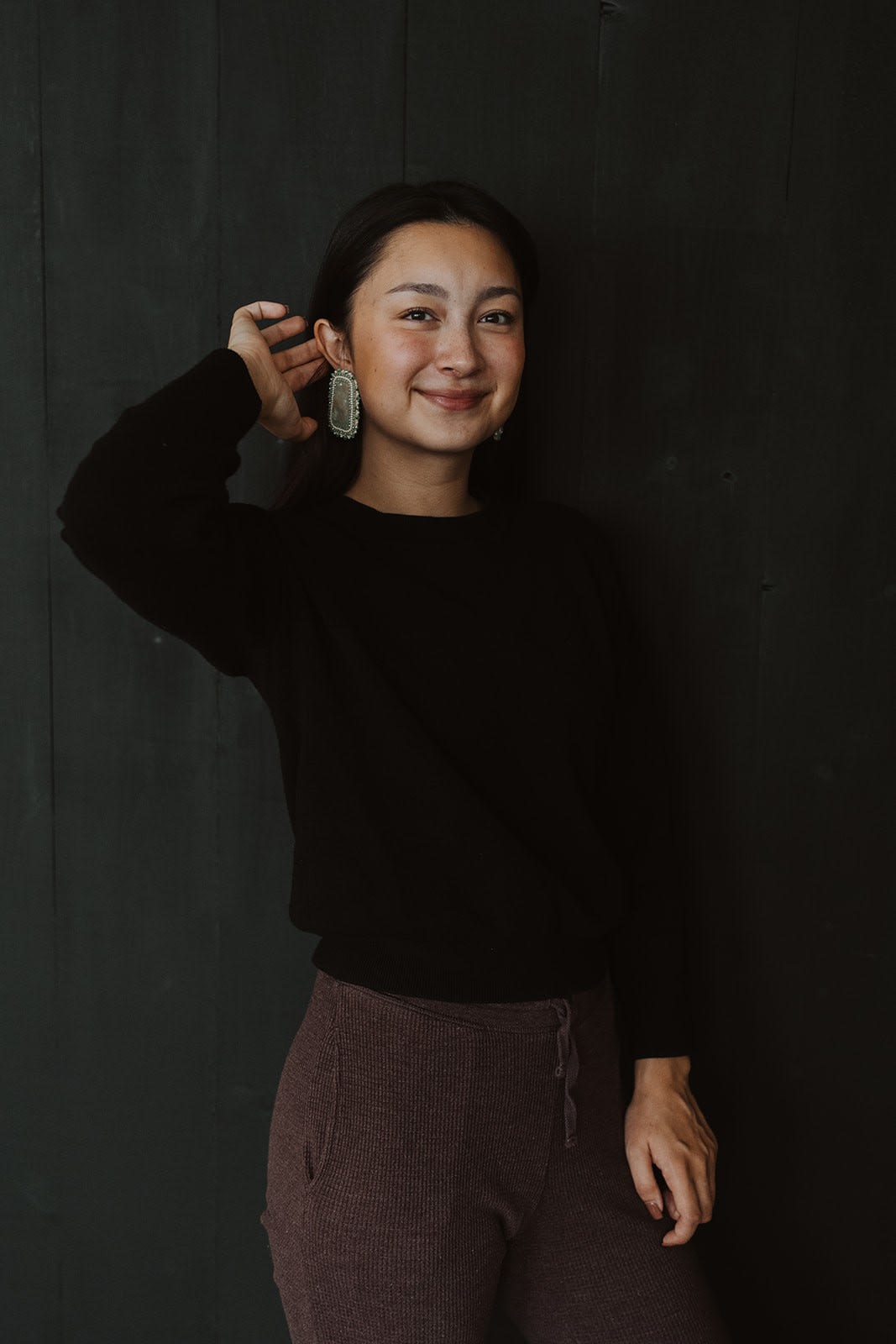Chyna Steele remembers a moment from her time working at the only pharmacy in her home community of Wabasca, Northern Alberta – population 1,600. An Elder came in, clutching a paper bag of medications, clearly unsure of what any of them were for. He didn’t speak much English, and there was no one around who spoke Cree.
 “He walked out with his prescriptions but still didn’t understand his condition or how to take the meds,” she recalls. “That stuck with me — it just felt wrong. And it wasn’t a one-time thing. It happened all the time.”
“He walked out with his prescriptions but still didn’t understand his condition or how to take the meds,” she recalls. “That stuck with me — it just felt wrong. And it wasn’t a one-time thing. It happened all the time.”
That moment — and many like it — sparked in Steele a need to make a difference. Even if that meant she would be just a tiny nail in the structure of change. Now a medical student at McMaster University’s Michael G. DeGroote School of Medicine, she’s turning those experiences into action, with a mission to improve healthcare access for Indigenous communities like the one she grew up in.
After finishing high school in Slave Lake and earning a degree in microbiology, Steele wasn’t sure if medical school was the right path. But volunteering with the Alberta Indigenous Virtual Care Clinic reignited her drive. She helped develop culturally relevant health infographics distributed to Indigenous pharmacies, and connected with an Indigenous physician who showed her what it looked like to lead meaningful change from within the system.
“She showed me it’s possible to stay rooted in who you are while being a doctor,” Steele says. “That was a game-changer.”
Today, Steele’s impact stretches well beyond her studies. She serves as VP of Indigenous Health on student council, helping new Indigenous students access resources and community support. She leads peer learning sessions on Indigenous health issues, traditional medicines, and the social determinants that impact Indigenous communities—hoping to shift perspectives among her classmates.
But one of her most ground-breaking projects is a Woodlands Cree medical dictionary — a practical tool to help bridge the language gap between healthcare providers and Cree-speaking patients. It includes phonetic spellings and common medical phrases to support clear, respectful communication.
Inspired by language cards used at border security, the project is backed by Alberta Health Services and guided by local Elders. “I saw how effective simple, clear language could be,” she says. “Now I’m building something similar for healthcare.”
She hopes to expand the dictionary to include other Indigenous languages and bring it to both rural Alberta and the Niagara region. Her long-term goal? To practice family or emergency medicine, splitting her time between her home town and other Indigenous communities.
“For Indigenous people, well-being is tied to culture, community, and spirituality—it’s not just physical health,” Chyna says. “If healthcare providers don’t understand that, we’re missing a huge part of the picture.”
She knows real change won’t happen overnight — but she’s committed to being part of the solution.
“Even if I’m just a nail in the structure, I’m helping build something that didn’t exist before. That’s worth it.”
As we mark National Indigenous Peoples Day on June 21, she offers this advice to Indigenous and all other youth who feel underrepresented or unsure of their place:
“Don’t wait until you see someone who looks like you in that role. Be the first. That’s how things start to change.”

